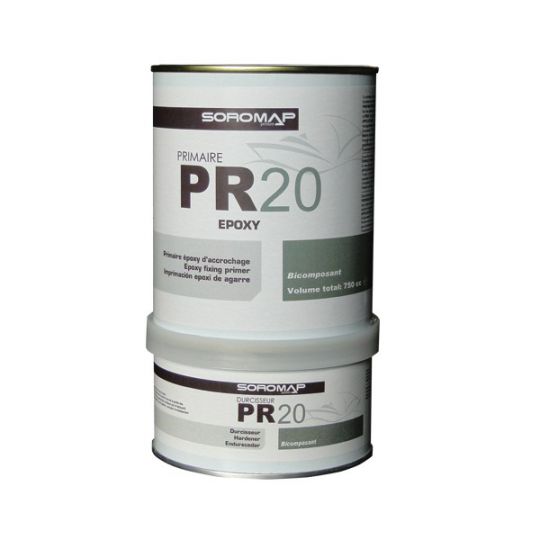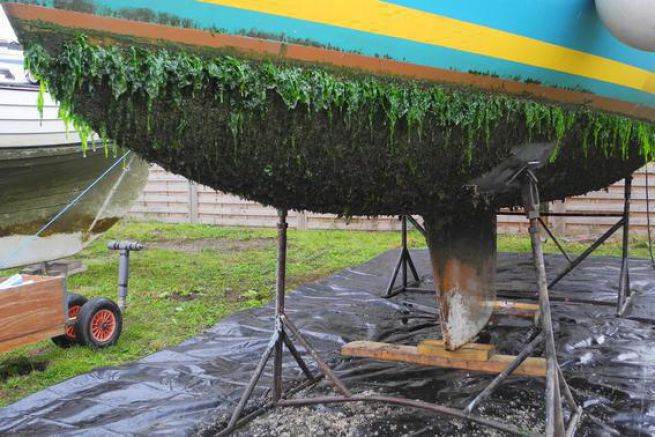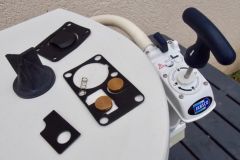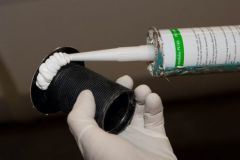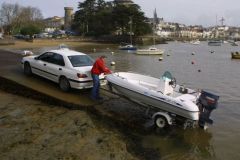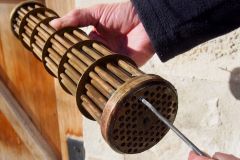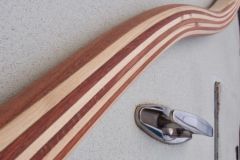To renovate a boat's hull, you have to expose the living works.
This involves removing old antifouling paints until a healthy surface is restored, i.e. a gel-coat or an old primer.
After having repaired inevitable cracks and other traces of impact with epoxy mastic a primer must be applied.
Finally, shortly before the launch, it will be time to use the antifouling.
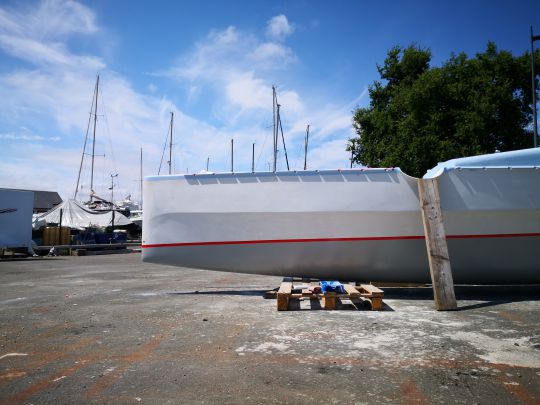
What is a primaire??
The primary is base?! This is the first layer of the painting cycle. It is applied on the bare hull, before painting the finish, and under the waterline it will be an antifouling.
We interviewed the French manufacturer Soromap, who explained to us that the primer paint is more or less composed of the same ingredients as a finishing paint.
However, unlike the latter, which is mainly required for hardness and gloss, the primer offers other advantages such as the ability to attach to the support and the protection of the shell against humidity.
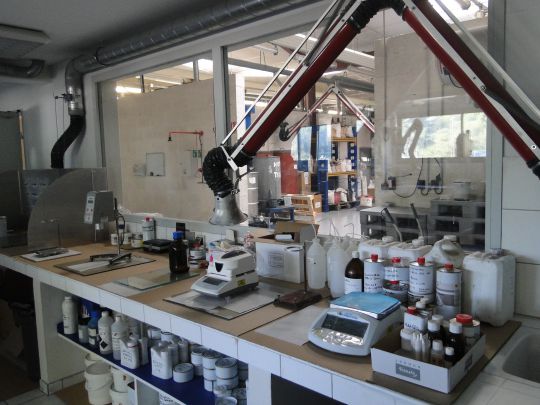
What is the purpose of a primaire??
The primary has several roles:
- The primer stabilizes the support on which we are going to paint. In the case of a renovation of boats with an old gel-coat, it blocks the porosity of the latter and avoids water absorption.
- The primer can also be used to isolate materials or paints that are not compatible with each other.
- Some primers (epoxy) make it possible to create a waterproof envelope around the support, whether it is a cast iron ballast or a shell.
Note that the primer must be perfectly adapted to the hull materials.
What are the different types of primaires??
We will distinguish two families of primary school:
1- Single-component primers
It is an insulating layer between two antifouling agents. It will be used if the previous antifouling is unknown and the hull is not exposed. This primer improves the adhesion of the future antifouling to the previous one.
Each paint brand has its own primers. Drying is fast and affordable. Be careful, these primaries do not really have a protective role.
2- Two-component epoxy primers
- These primers, in addition to isolating and improving the adhesion of the antifouling, offer other advantages:
- A hard surface for annual sanding or scraping, thus avoiding any damage to the hull.
- The waterproofness of the hull (depending on the thickness applied)
